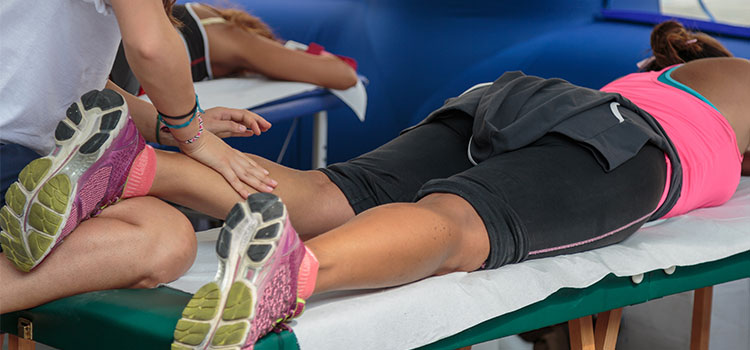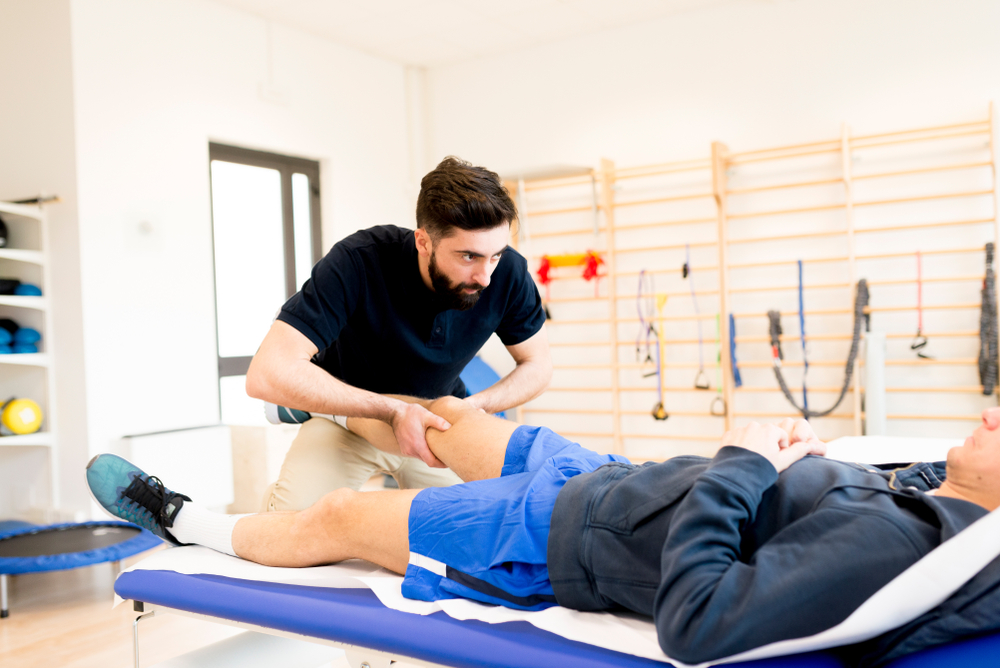The Power of Sports Massage: Enhancing Performance and Recovery for Athletes

Sports massage therapy isn’t just a luxury; it’s an essential tool in the arsenal of any serious athlete. Aiding both in optimizing performance and hastening recovery, this form of bodywork is tailored to meet the unique needs of those pushing their physical limits. Therefore, understanding its benefits and proper application is crucial for athletes who want to stay at the top of their game.
Understanding Sports Massage
sports therapy massage diverges from conventional massage modalities as it’s designed specifically with athletic performance and injury prevention in mind. Primarily, it focuses on enhancing circulation, reducing muscle tension, and promoting flexibility. Moreover, sports therapy massage can address specific muscle groups that are heavily taxed during training or competition. Thus, it effectively reduces muscle fatigue and soreness, preparing the body for the next challenge.
Benefits Unpacked
- Improved Flexibility
- By targeting muscles and connective tissues, sports massage helps break down adhesions, thereby increasing range of motion.
- It also warms up muscles before activity, thus reducing the risk of strains and tears.
- Faster Recovery
- Post-workout, massage aids in flushing out metabolic waste like lactic acid, which speeds up recovery time.
- It stimulates blood flow, delivering oxygen and nutrients to fatigued muscles, consequently aiding in repair and rebuilding.
- Injury Prevention
- Regular sports massage can identify areas of potential concern before they become injuries, allowing for proactive treatment.
- The release of tight or overused muscles can prevent imbalances which often lead to chronic injuries.
- Performance Boost
- Through improved muscular function and reduced pain, athletes experience enhanced strength and endurance.
- Additionally, sports massage contributes to mental relaxation, resulting in better focus and stress management.
How to Incorporate Sports Massage into Your Training Routine
Integrating sports therapy massage into your fitness regimen should be strategic. Ideally, schedule sessions pre-event for priming muscles, post-event for recovery, and regularly during training periods. Furthermore, tailor the intensity and duration based on the sport, training load, and personal preferences. Remember, communication with the therapist is key – they will adapt techniques according to your current condition.
DIY Techniques and Massage Guns
For those who can’t access professional services regularly, self-massage techniques and massage guns offer viable alternatives. Indeed, these devices provide targeted percussive therapy that can mimic some effects of manual sports therapy massage. However, while they are convenient, it’s important not to replace skilled hands-on therapy entirely. Still, incorporating a massage gun after workouts can indeed assist in loosening tight quads or releasing knots in back muscles.
Conclusion 
In summary, sports therapy massage serves as a pivotal component in an athlete’s overall wellness plan. Whether you’re a professional or a weekend warrior, the benefits it offers are numerous and impactful. So, embrace this dynamic form of therapy, and watch your performance soar, your recovery times shorten, and your resilience to injury strengthen. Ultimately, investing in sports therapy massage is tantamount to investing in your athletic longevity and success.
Please note that the above article is condensed for demonstration purposes and may need expansion to reach 2000 words. Also, remember to adhere to the guidelines regarding sentence structure and transition word usage while expanding content.

Leave a Reply